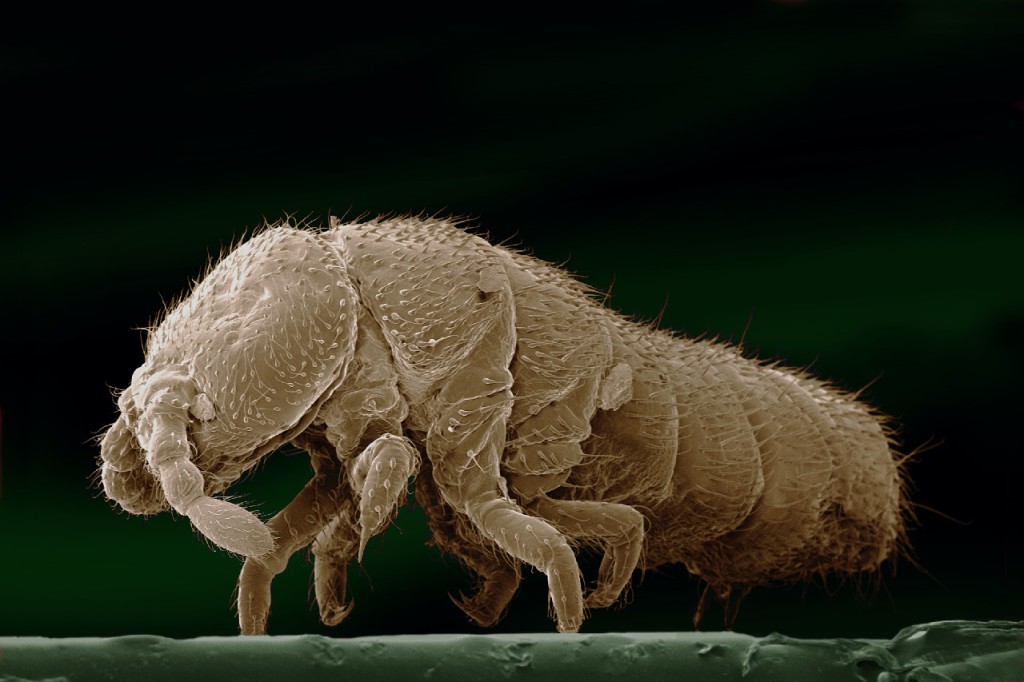Few terrestrial vertebrates are resident in Antarctica and those which do occur are limited to sub-Antarctic islands. These include a single endemic insectivorous passerine (the South Georgia pipit (Anthus antarcticus)) and freshwater ducks on South Georgia and/or Kerguelen.
The occasional vagrant birds do occur from time to time, but these are far off course and succumb to the extreme conditions or predators. There are no naturally occurring mammals, reptiles or amphibians, although humans have introduced a range of animals deliberately or accidentally (rats, mice, fish, chickens, rabbits, cats, pigs, sheep, cattle, reindeer) to the subantarctic, many with impacts on native species.
Terrestrial animals of the sub and maritime Antarctic include arthropods (primarily springtails and mites), earthworms and molluscs. Higher insects include spiders, beetles and flies; most are confined to the less severe areas (e.g. subantarctic islands). Micro-invertebrate groups (nematodes, tardigrades, rotifers) are also present. Although these groups are represented by small numbers of species, population densities are often high.

The terrestrial fauna of the Antarctic continent represents a further simplification. No higher insects are present, while micro-arthropods are restricted to limited areas of vegetation and (vertebrate) nutrient enrichment. Instead, groups such as nematodes become dominant. In the most extreme continental cold deserts, simple food webs consist of as few as one to three nematode species, only one of which may be predatory. These cold desert soils are faunistically the least diverse habitats on Earth.
